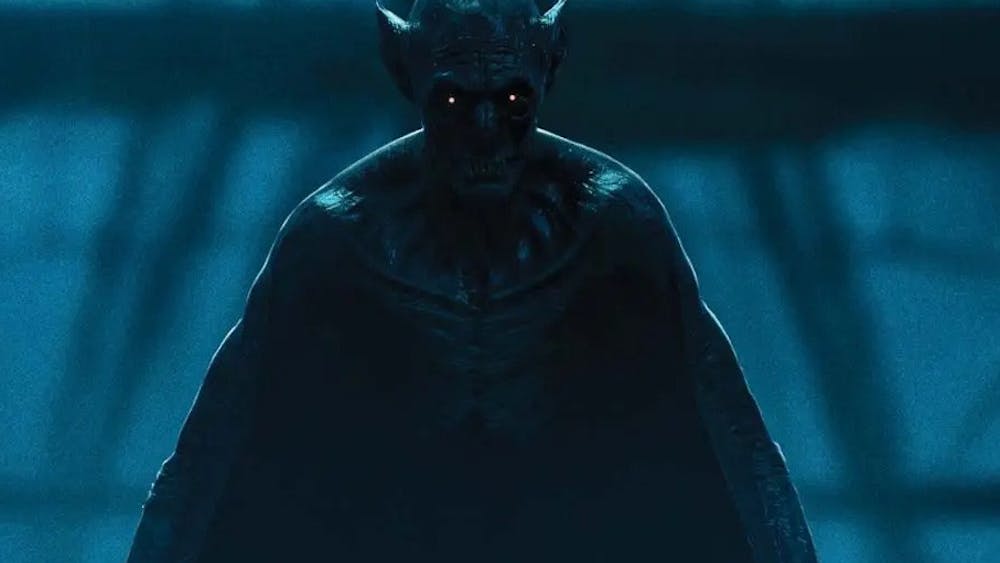Multi-colored lights flashed from all angles as melodious voices filled every inch of the auditorium. The dancers’ strong synchronized steps in front of an ever-changing screen of historic footage were surrounded by authentic Latin art. \n“Evita” lit up the IU Auditorium Friday and Saturday nights. While the performances were amazing, the subject matter was undoubtedly dark. Was Evita, the woman who seduced a nation, really just an overly ambitious and promiscuous actress with no real heart for the people?\nEvita was released by dynamic duo Andrew Lloyd Webber, who wrote the music, and Tim Rice, who wrote the lyrics. Since then, the play has been featured on Broadway, in London and in a movie adaptation starring Madonna and Antonio Banderas in 1996. The latest adaptation, which was performed at IU this weekend, is directed and choreographed by Larry Fuller.\nThe musical is loosely based on the life of Eva Peron, sentimentally nicknamed Evita. Evita was the second wife of Argentine President Juan Domingo Peron. \nThe musical does not follow a linear time line and starts with Evita’s death. It follows Evita’s life growing up poor and shows her meeting her future husband at a festival he organized to raise money for the victims of a 1944 earthquake in San Juan, Argentina. From then on, the couple is inseparable. Evita is allowed into important meetings, to the dismay of other leaders. However, the public adores her. Evita woos them with charities like the Eva Peron Foundation and The Rainbow Tour. She also champions her husband’s heavily populist political agenda. \nThe year before her death in 1952, the public calls for Evita to run for vice president. Many leaders, including her husband, disapproved of the appointment. She refuses the invitation because of the pressure and her declining health. She dies from complications of advanced uterine cancer, despite undergoing a radical hysterectomy and being the first Argentine to receive chemotherapy. \nThe musical makes reference to the disappearance of Evita’s body for the next 17 years after her death. A military coup called the Revolucion Libertadora removed Juan Peron from power. The group took Evita’s body and kept it hidden. Later, it was discovered that the group had hidden her body in a crypt in Milan, Italy, under the name Maria Maggi. While the play doesn’t reference any of this, it does leave the last interaction between Che, who serves as the story’s narrator as is played by Omar Lopez-Cepero, and Peron, played by Philip Peterson, for the audience to question. \nChe seems to be unaffected by Evita’s charming words. He might even be part of the revolution that would take over Juan Peron’s empire. \nThe musical portrays Evita as a manipulative fast-talker with a heart not for the people but for herself. It also portrays Juan Peron as a Nazi enthusiast, hell-bent on making Argentina into the next fascist regime. While the play was strong, visually entertaining and altogether a great show put on by a spectacular cast, it really ignores a lot of the real Eva Peron. It makes the Argentine people look like mindless sheep ruled by evil politicians, and begs an answer to the question: Was the only hope for the 1950s Argentina a power-hungry dictator and his seductive wife?
Arts Review: ‘Evita’ shows only part of true Eva Peron
Get stories like this in your inbox
Subscribe





